Summer Week 11: ABMs & GPS traces-guided walkability contd. + transfer to hedgehogs (finally w/ some results)
Categories:EnvironmentAI/MLFoundationalMLWalkability🦔
This week
This week brought some mixed results, but mostly positive (dare I say). The good: getting GPS traces and trying to use them for “scoring” out-of-segment walkability seems to work pretty well, I think. The main problem is testing it properly, because the generation/compilation of h3 polygons with averaged TESSERA embeddings takes a ton of time, and so covering large areas is quite painful. The not necessarily so positive results: I made progress with reconstructing the hedgehog steps in the ABM, but it still somehow is dependent on some manually set parameters.
Hedgehogs

Reconstructing the steps from the iSSA coefficients somehow turned out to be quite tricky. Especially balancing the step length (and turning angle) coefficients and the landscape preference coefficients. Reconstructing the coefficients with no manually-set parameters intervention results in sometimes questionable results down the line, as the agents occasionally tend to overemphasize either one of the two co-variate categories. Therefore, it seems that some simple (currently done with one coefficient) manual fitting can be helpful, to guide the probabilities in next step selection.
Out-of-segment walkability
Seemingly good progress has been done with the out-of-segment walkability scoring. To summarize what I described last time: I have been working with GPS traces from Openstreetmap (particularly from Cambridge and parts of London) sufficiently remote from known segments (so that it can be assumed they’re not only out-of-segment traces, but that they’re on foot traces) to gather where people have been walking. Since I obviously don’t have negative examples, I’ve focused on relative, similarity-based scoring. As I noted in the introduction - this seems to work well, but it is tough to evaluate, as the generation is really quite slow on my computer.
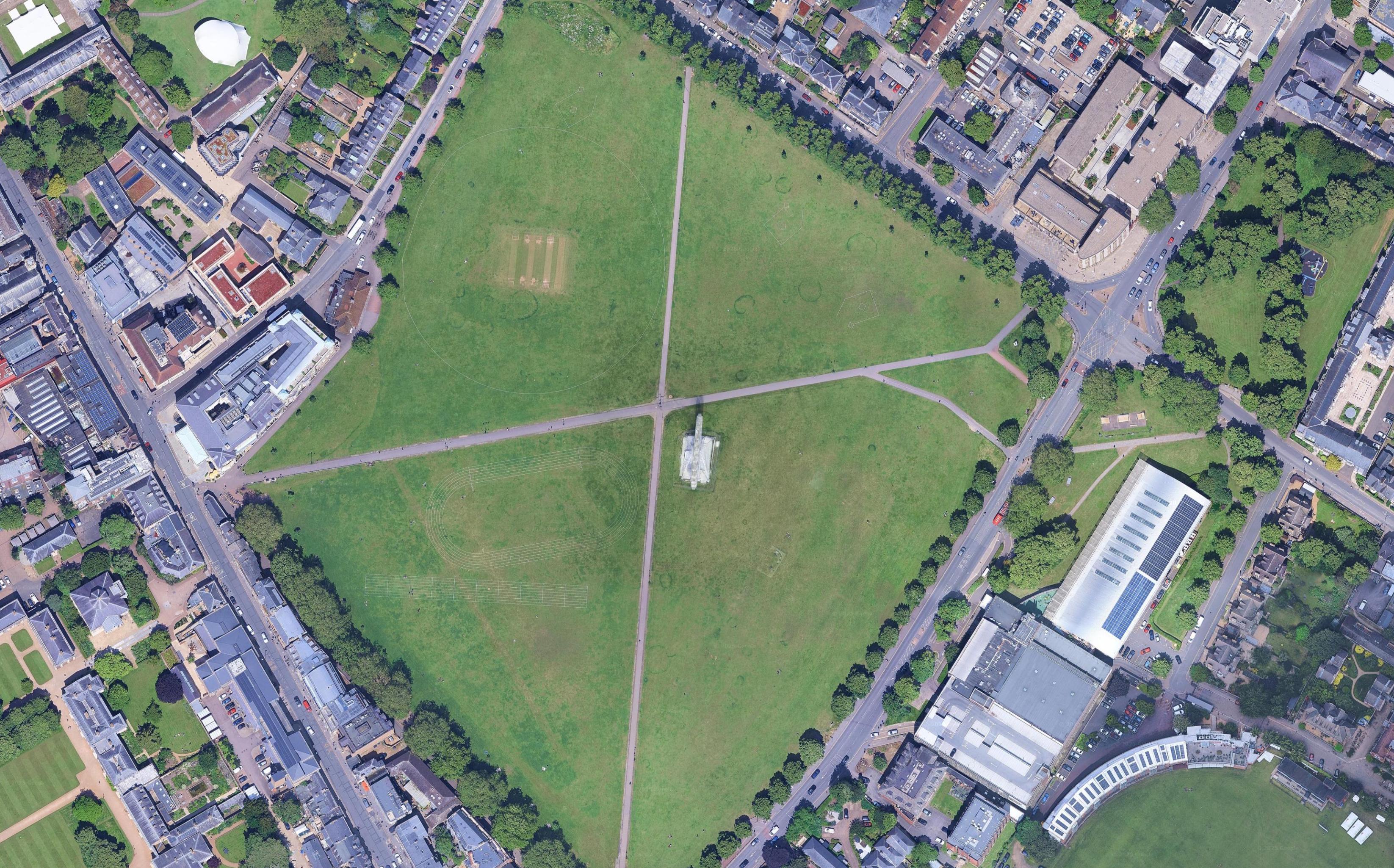
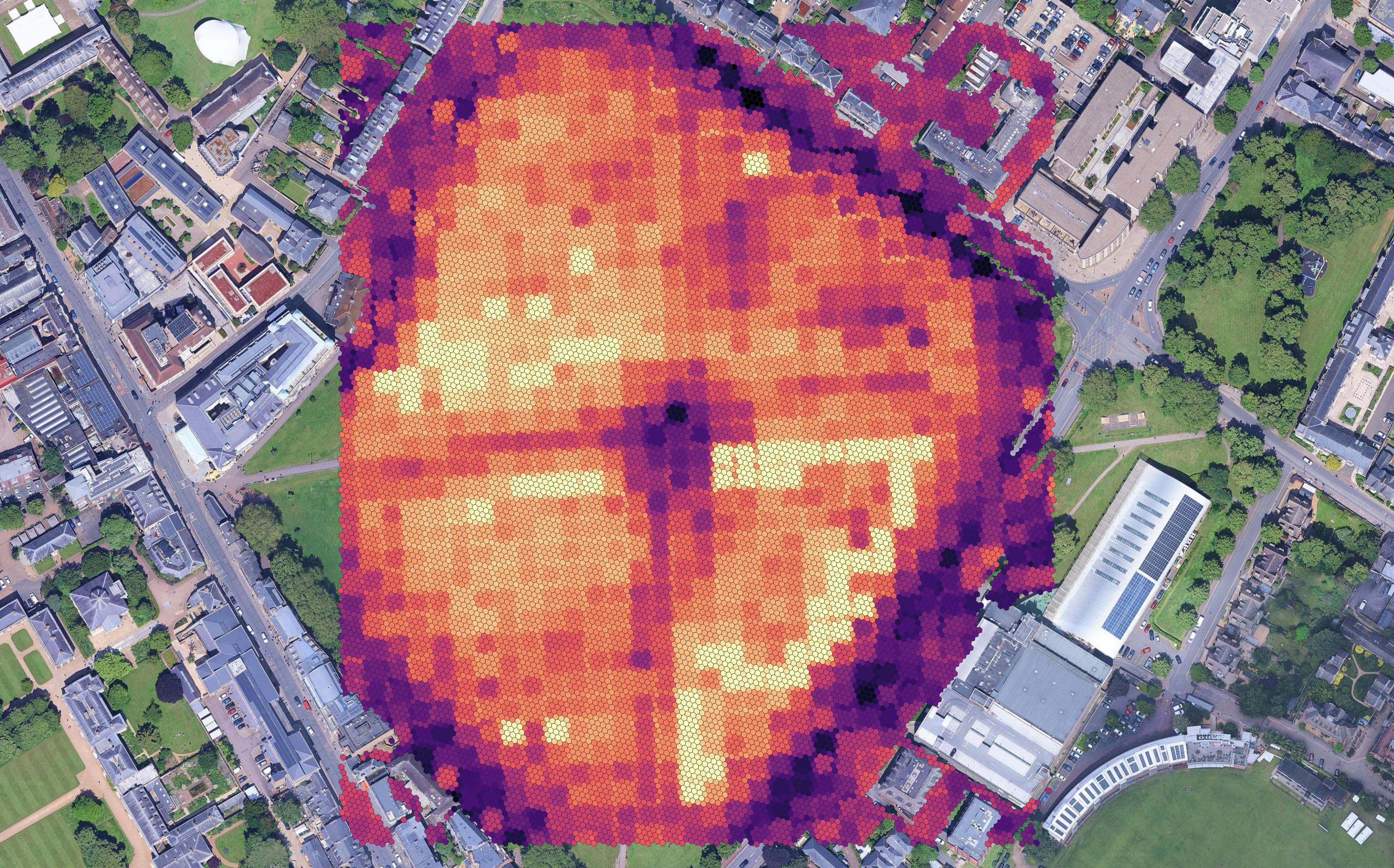
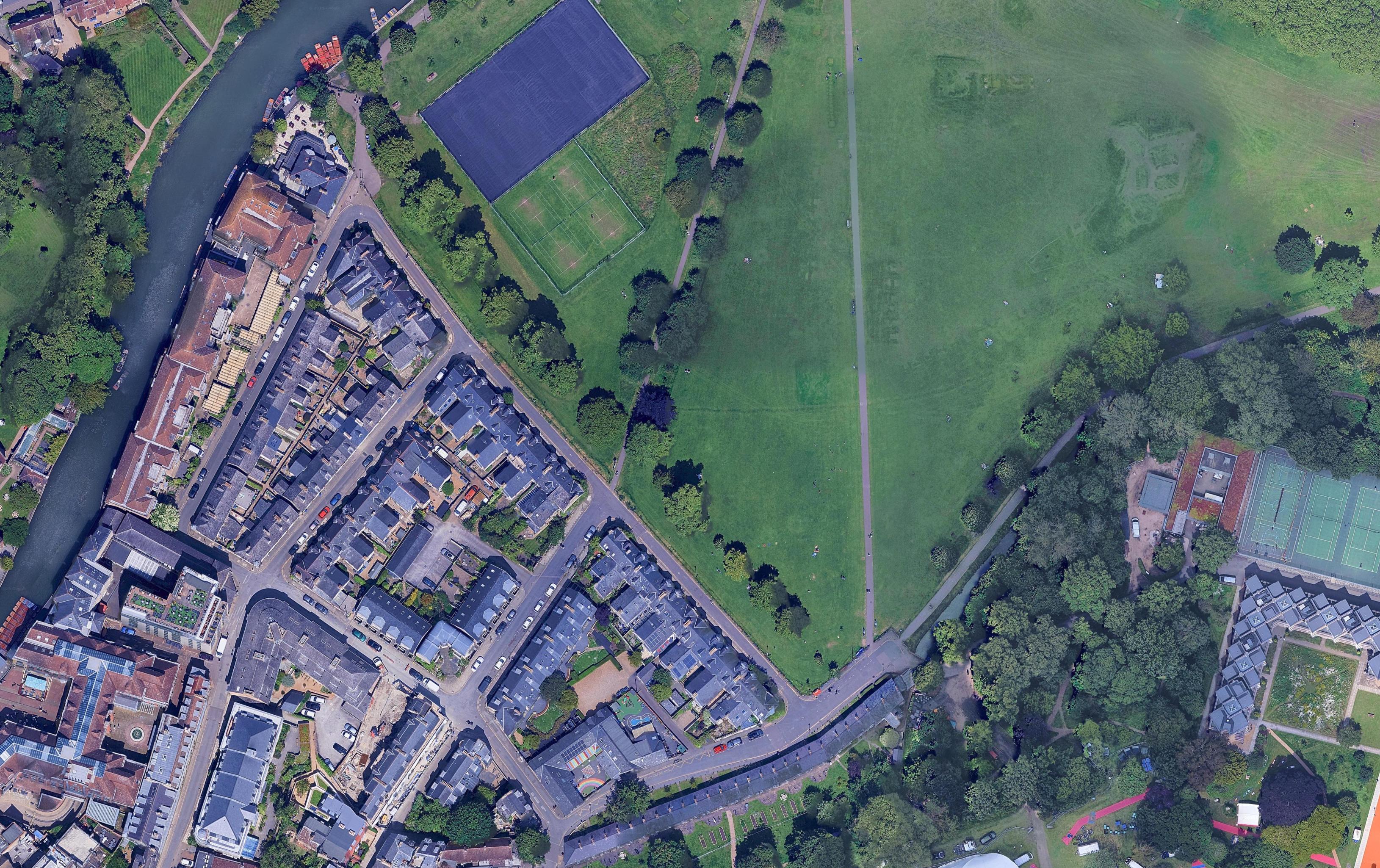
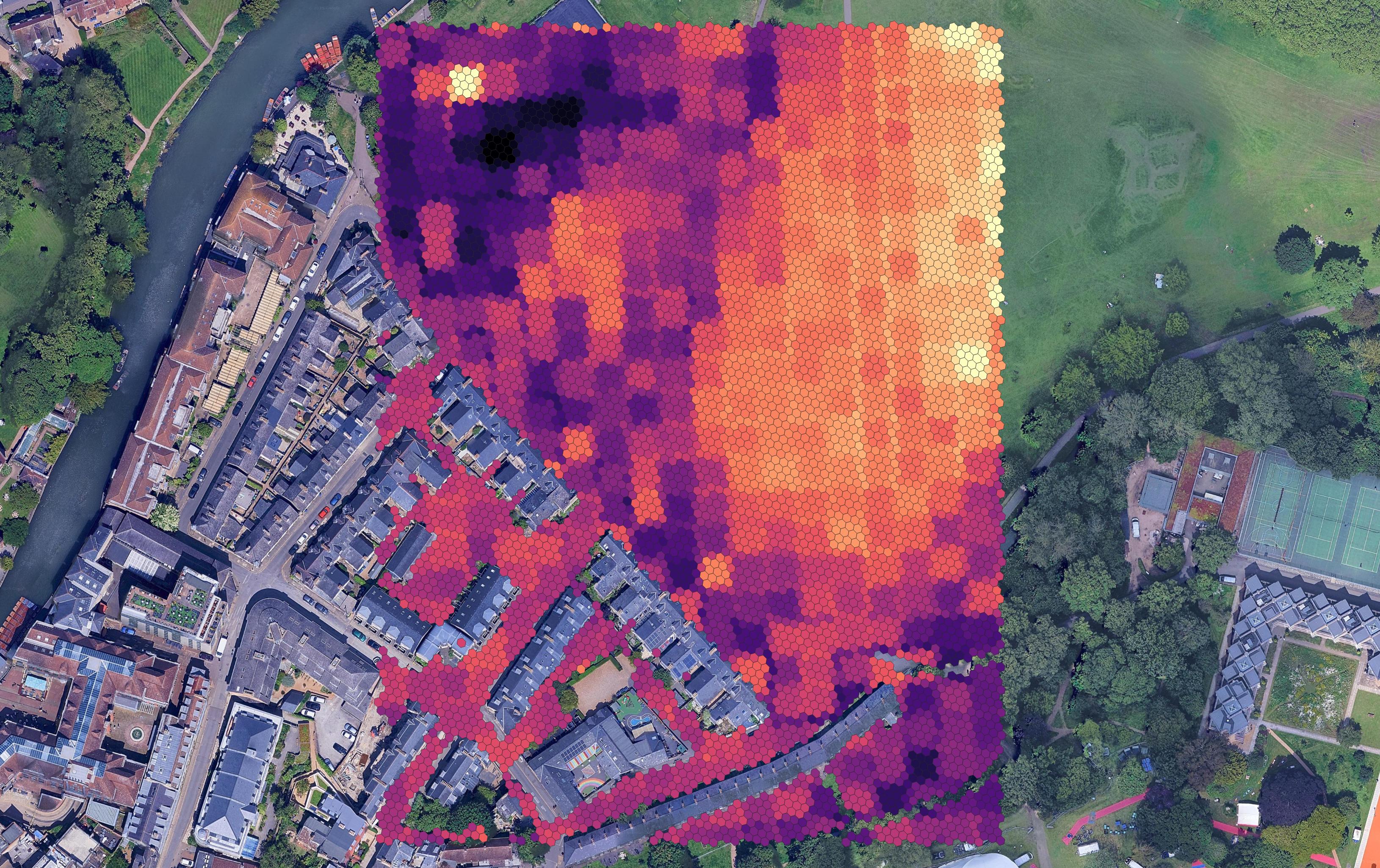
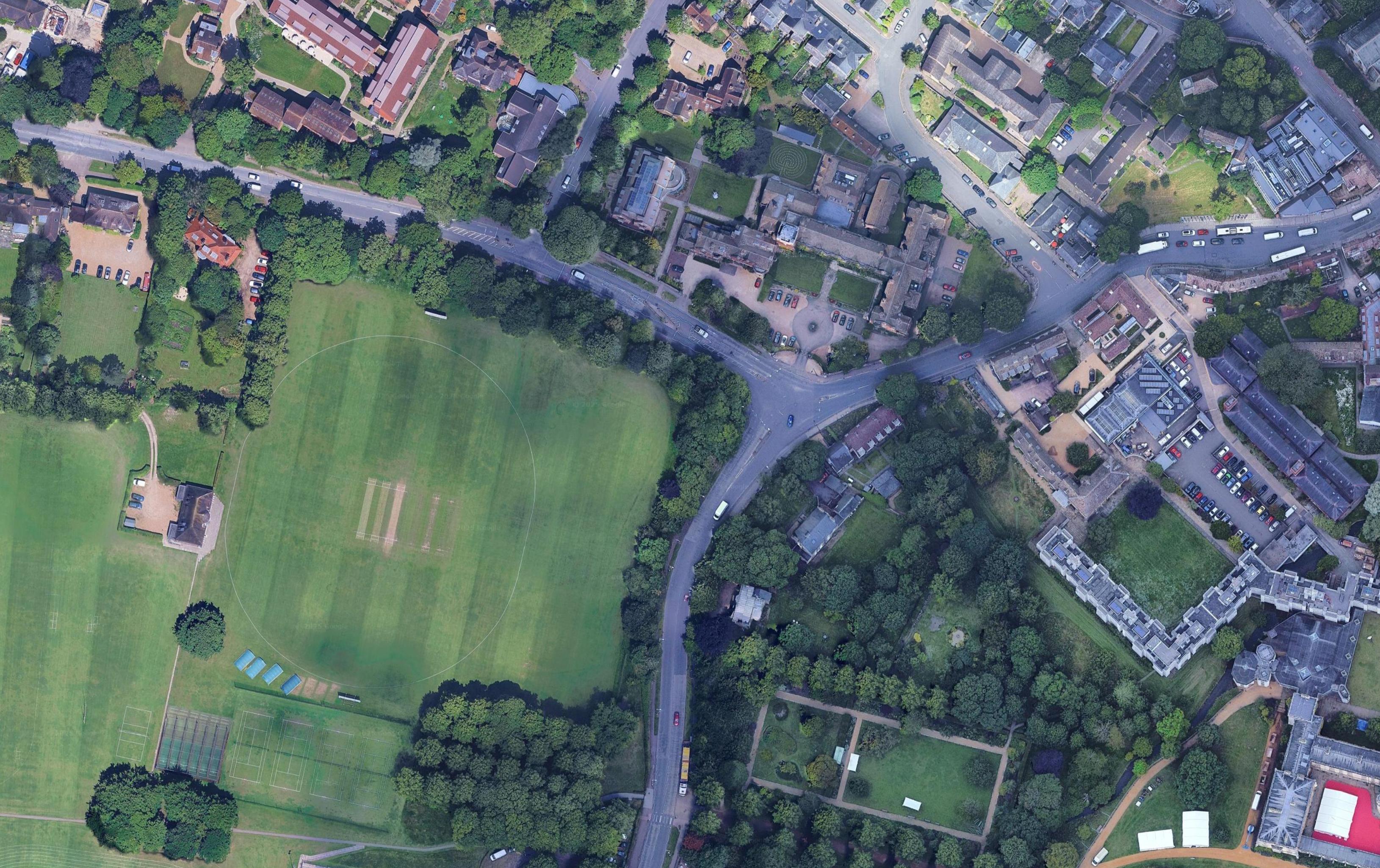
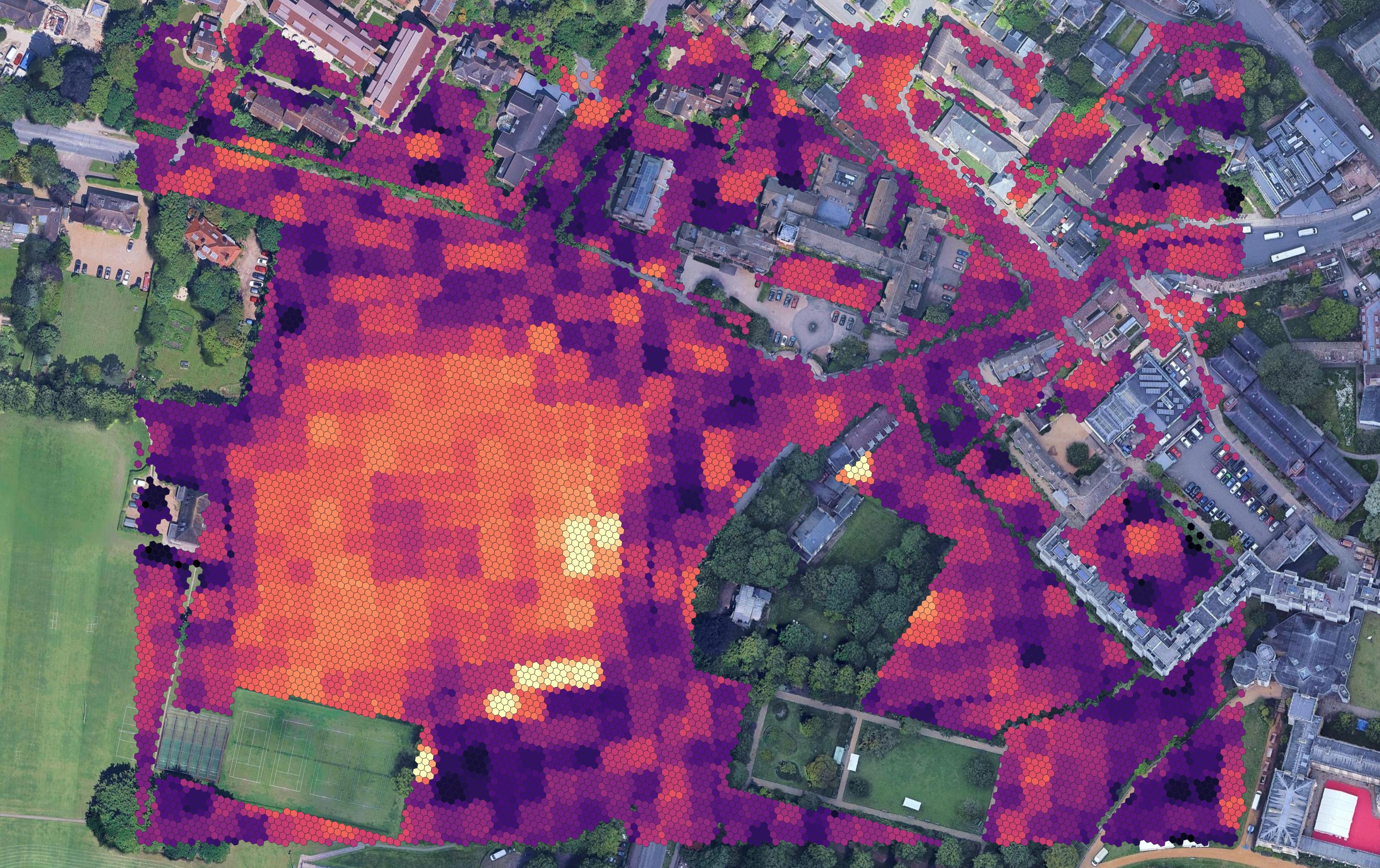
I still have some ideas about fitting the models/optimizing the parameters, so this might get better. Should definitely run and compile a larger area overnight, so that I have more to work with and more to evaluate.
Transferred to the Hedgehogs
Somehow, even though it is pretty obvious, I haven’t really realized/haven’t pursued a similar approach applied to the hedgehogs. However, running everything on the same resolution (14 out of 15) takes forever, and one degree lower resolution, the scoring takes hours. I need to figure out if there’s any place/way to run this faster. However, I at least ran scoring with h3 resolution of 11. I added radial sampling to the hexagons, with seven additional points within each polygon.
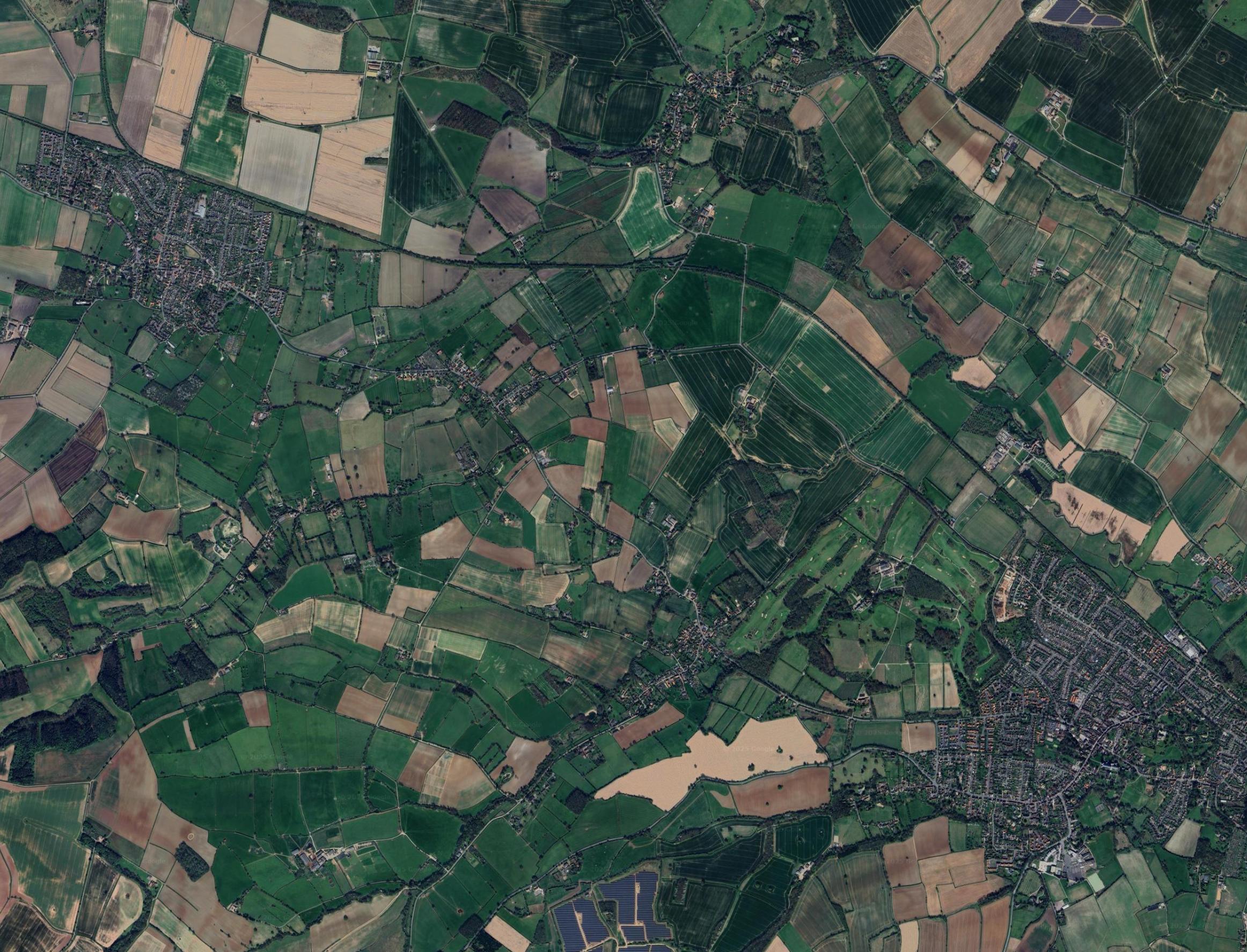
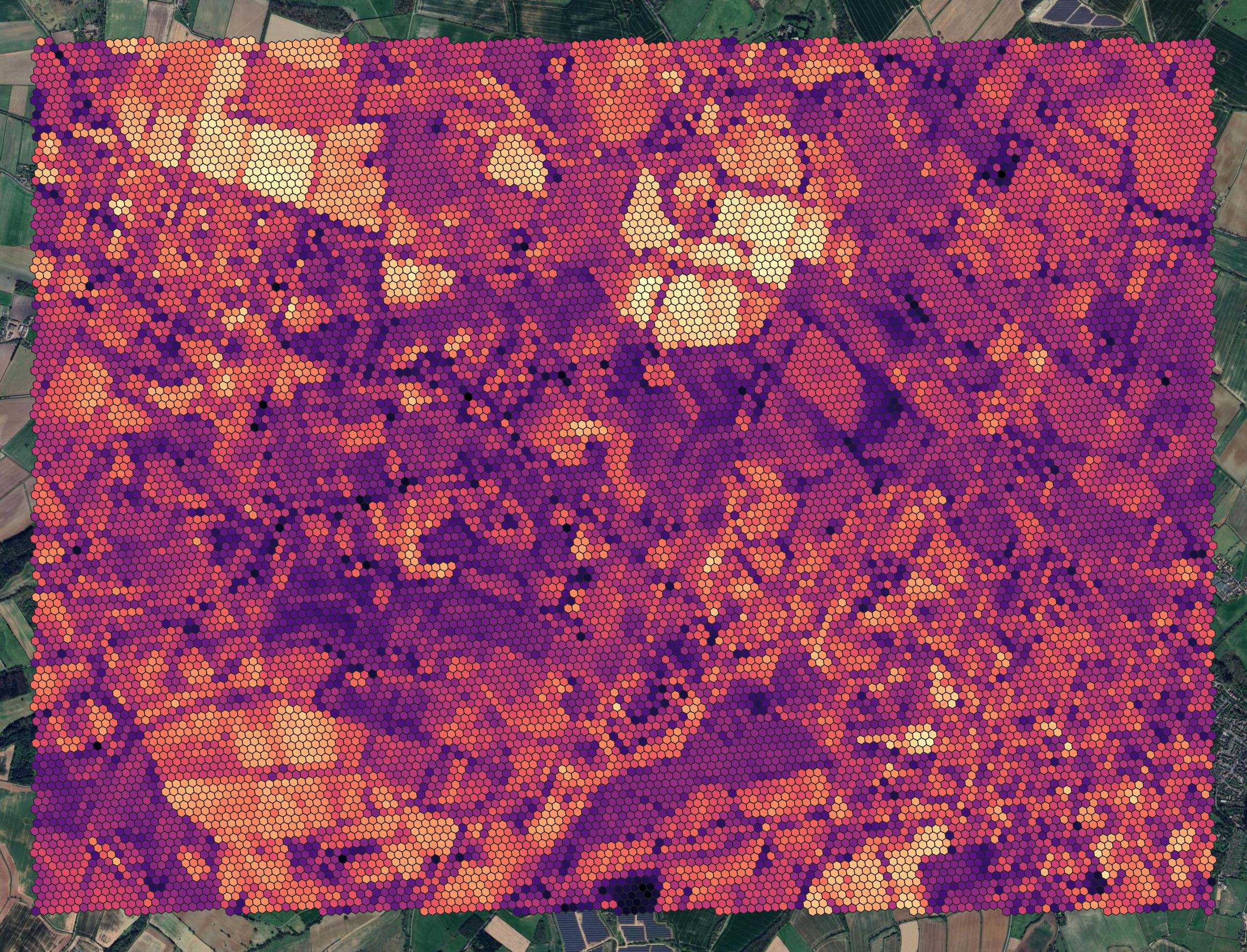
Bramble Hunting
Next Monday, the plan is to go hunting for brambles around Cambridge, as I 1) largely lost confidence in the iNaturalist data, and 2) lost a some of my confidence in my TESSERA-based bramble detection model. With some verified data, I could see how good the existing model actually is, or try quickly creating a new, few-shot model. I need to get things ready for the weekend though, so that we can test it/use it to guide our ‘hunting’ one the go.